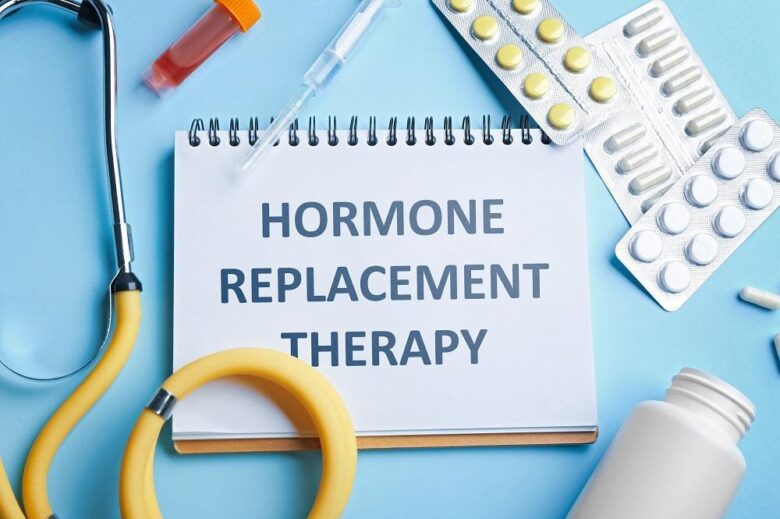In the realm of wellness and vitality, testosterone therapy has emerged as a focal point of discussion for those navigating the complexities of aging, hormonal imbalances, and an ever-evolving understanding of health. As men and women alike seek to reclaim their vigor and enhance their quality of life, the reviews surrounding testosterone therapy serve as a vital compass, guiding potential patients through the sea of information and personal experiences. This article endeavors to shed light on the multifaceted nature of testosterone therapy, exploring the testimonials, research, and expert insights that illuminate its potential benefits and challenges. Whether you are curious about its effects, weighing the pros and cons, or simply seeking to educate yourself on this often-misunderstood form of treatment, join us as we delve into the nuanced landscape of testosterone therapy reviews.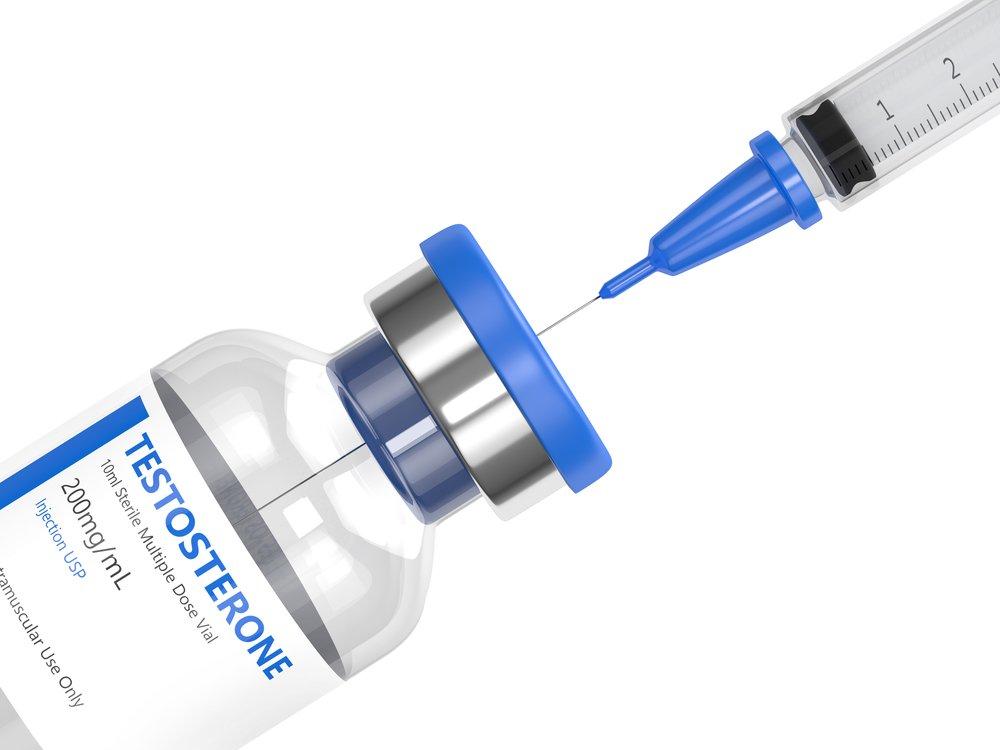
Exploring the Foundations of Testosterone Therapy
Understanding the core principles of testosterone therapy is crucial for those considering this treatment option. Testosterone therapy is designed to correct low testosterone levels, a condition known as hypogonadism, which can lead to various physical and emotional health issues. The therapy can take several forms, including injections, skin patches, or gels, each catering to individual preferences and medical needs. Key considerations for starting therapy include:
- Medical Evaluation: A thorough assessment by a healthcare provider to determine if testosterone therapy is appropriate.
- Potential Benefits: Improvements in energy levels, mood, muscle mass, and overall quality of life.
- Side Effects: Understanding risks such as acne, sleep apnea, or changes in cholesterol levels.
Many patients find the journey through testosterone therapy to be life-altering, but it comes with the necessity of ongoing monitoring and adjustments. Regular blood tests are recommended to track testosterone levels and assess overall health. The duration of therapy can vary depending on individual response and perceived benefits. Below is a table summarizing common aspects of testosterone therapy:
| Aspect | Details |
|---|---|
| Initial Assessment | Blood tests and symptom evaluation. |
| Administration Methods | Injections, gels, or patches. |
| Monitoring | Regular follow-up appointments and blood tests. |
| Common Side Effects | Weight gain, mood swings, increased red blood cell count. |
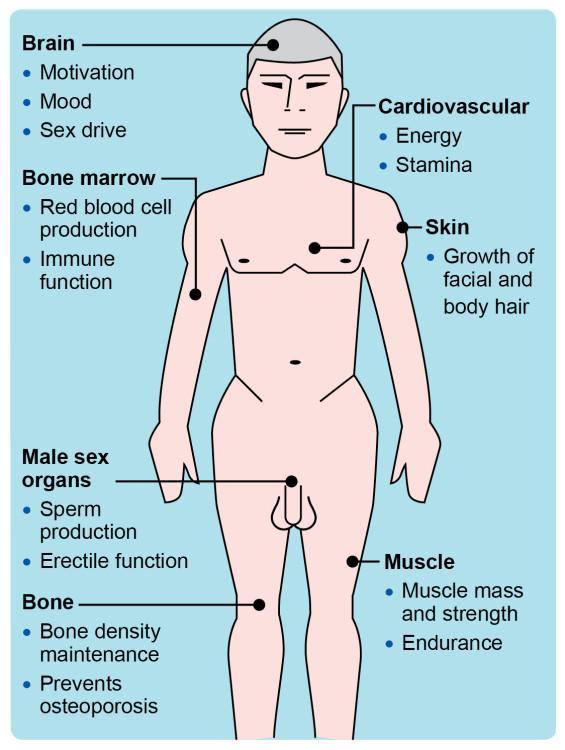
Understanding the Benefits and Risks of Treatment
When considering testosterone therapy, it’s essential to weigh both its potential benefits and inherent risks. Among the advantages, many patients report enhanced energy levels, improved mood stability, and an increase in muscle mass. Additionally, certain studies suggest a link between testosterone therapy and improved sexual function and bone density. These benefits can significantly contribute to an individual’s overall quality of life, particularly for those experiencing symptoms of low testosterone due to age or medical conditions.
However, alongside these advantages, there are several risks associated with testosterone therapy that should not be overlooked. Potential side effects include acne, sleep apnea, and an increased risk of cardiovascular issues. It’s important to monitor testosterone levels and overall health with periodic check-ups to prevent complications. Understanding these factors can help individuals make informed decisions and engage in thorough discussions with healthcare providers before embarking on this treatment journey.
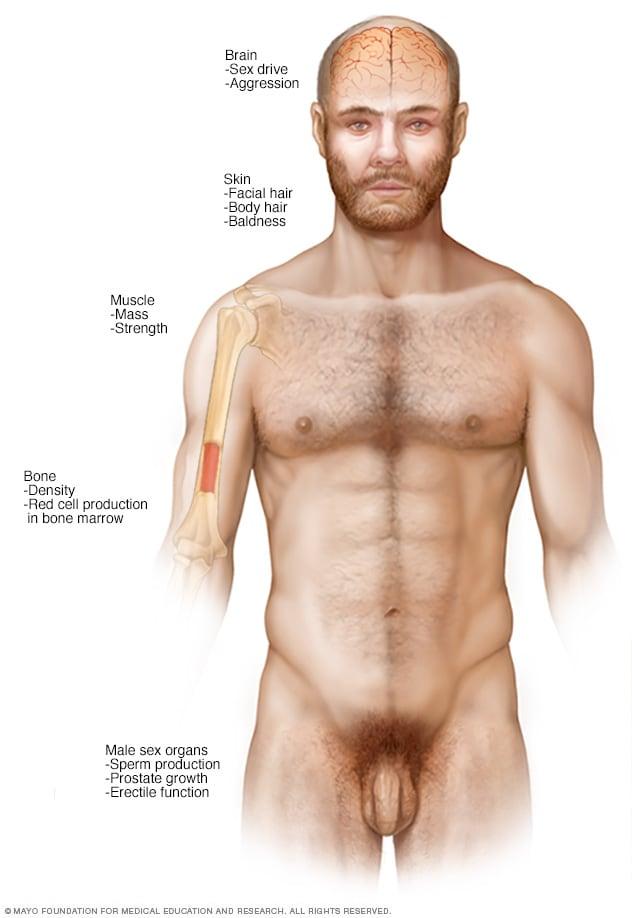
Patient Experiences: Real-Life Testimonials and Outcomes
Many individuals considering testosterone therapy often seek insights from those who have undergone the treatment. A common sentiment expressed is the dramatic improvements in overall well-being and energy levels. One patient shared, “I felt like a shadow of my former self before starting therapy. Now, I’m back to hiking and enjoying weekends with my family, something I thought was lost forever.” Another testimonial highlighted the mental clarity and mood stabilization that accompanied treatment. Patients report a reduction in feelings of depression and irritability, which significantly enhances daily interactions and productivity.
Outcomes vary, but many patients have detailed their journeys through structured follow-ups. The following table provides a snapshot of the most common reported benefits and their corresponding percentages among participants:
| Benefit | Reported Improvement (%) |
|---|---|
| Increased energy levels | 85% |
| Enhanced mood | 78% |
| Improved muscle mass | 70% |
| Better sexual performance | 82% |
These testimonials reflect a collective trend, showing that many patients not only experience physical rejuvenation but also gain a renewed passion for life. As therapy progresses, the personal stories underscore the importance of individualized care and ongoing communication with healthcare providers.
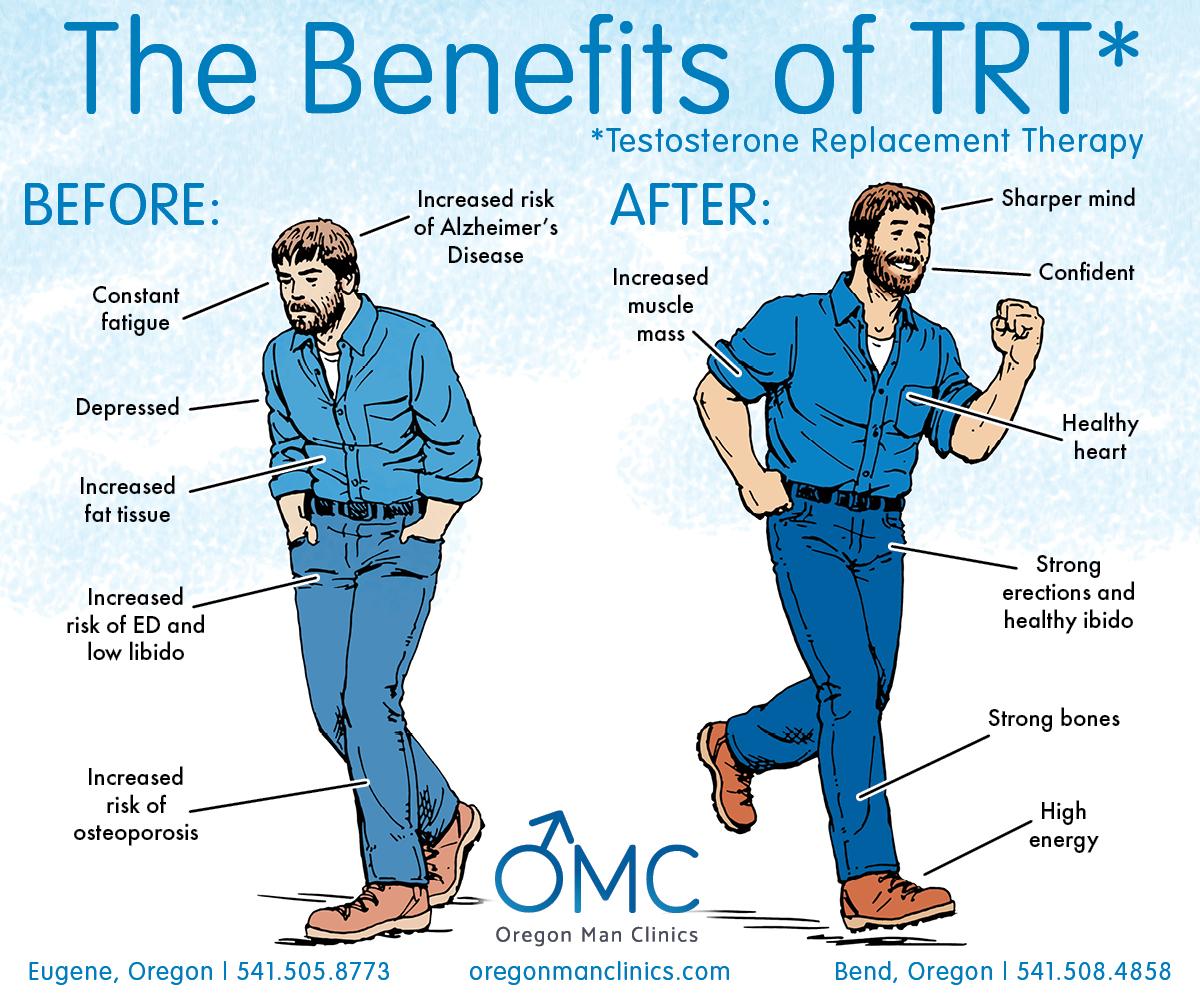
Navigating the Different Types of Testosterone Therapies
When exploring testosterone therapies, it’s important to understand the variety of options available, each designed to cater to specific needs. The most common types include injections, gels, patches, and pellets. Injections, typically administered every one to three weeks, deliver testosterone directly into the bloodstream, providing immediate effects. Gels and patches offer a more gradual release, allowing for daily application and a more stable hormone level without the peaks and troughs often associated with injections. Pellets, though less common, are implanted under the skin and dissolve over time, providing a hands-off approach to therapy.
Choosing the right method depends on individual lifestyle, comfort with administration techniques, and personal preference. Below is a simple comparison of these therapies:
| Type | Administration | Frequency | Pros |
|---|---|---|---|
| Injections | Intramuscular | Every 1-3 weeks | Fast-acting, customizable dose |
| Gels | Topical | Daily | Stable hormone levels, easy application |
| Patches | Transdermal | Daily | No injections, consistent dosing |
| Pellets | Subcutaneous | Every 3-6 months | Long-lasting, minimal maintenance |
Additionally, there are various delivery systems under development, aimed at enhancing the effectiveness and convenience of testosterone therapy. Understanding these options is key to making an informed decision about therapy methods that align with your lifestyle and health goals. Regardless of the method chosen, continuous monitoring and consultation with a healthcare provider will ensure optimal results and minimize potential risks.
Key Considerations Before Starting Testosterone Treatment
Before embarking on testosterone treatment, it is crucial to assess several factors that can impact both the effectiveness and safety of the therapy. Consult with a healthcare professional who specializes in hormone therapy to evaluate your specific needs, medical history, and potential allergies or reactions to treatment. Additionally, consider the following aspects:
- Underlying Health Conditions: Ensure that pre-existing conditions such as cardiovascular disease, diabetes, or prostate issues are addressed.
- Goals and Expectations: Clarify what you hope to achieve with testosterone therapy, whether it be increased energy, improved mood, or enhanced muscle mass.
- Monitoring Requirements: Understand the need for regular follow-up tests to monitor hormone levels and assess for potential side effects.
Furthermore, potential side effects and lifestyle changes should be evaluated. Be aware that testosterone treatment can come with risks, such as mood swings, acne, or changes in libido. It’s essential to weigh these risks against the benefits you anticipate. Consider the following factors:
- Psychological Impact: Recognize that changes in testosterone can affect emotional well-being and social interactions.
- Long-Term Commitment: Acknowledge that testosterone therapy is often a long-term journey requiring consistency and adherence to treatment protocols.
- Alternative Treatments: Explore other options that may achieve similar results without the need for hormonal intervention.
| Consideration | Description |
|---|---|
| Health Assessment | Comprehensive evaluation of medical history and current health status. |
| Informed Consent | Understanding of the risks, benefits, and alternatives to therapy. |
| Monitoring | Regular check-ups to ensure safe and effective treatment. |
Expert Insights: What Healthcare Providers Recommend
Healthcare professionals emphasize the necessity of a thorough evaluation before commencing testosterone therapy. They recommend including tests to measure baseline testosterone levels, assessing symptoms related to testosterone deficiency, and considering potential underlying health issues. Experts suggest that treatment should be personalized based on individual patient profiles, which may include:
- Age: Younger patients may require different considerations compared to older individuals.
- Health history: Previous medical conditions can influence therapy effectiveness and safety.
- Symptom severity: Evaluating the degree to which symptoms impact daily life is crucial.
Furthermore, healthcare providers recommend ongoing monitoring once therapy begins. Regular follow-ups should be scheduled to assess blood levels and adjust dosages if necessary. Patients are encouraged to discuss any side effects they experience, as some may include:
- Increased aggression: Some individuals report mood changes.
- Sleep apnea: New or worsening symptoms can occur.
- Cardiovascular risks: A thorough discussion about potential heart health implications is vital.
| Recommendation | Frequency |
|---|---|
| Testosterone Level Evaluation | Every 3-6 months |
| Symptom Review | Every visit |
| Health Parameter Monitoring | Every 6-12 months |
The Future of Testosterone Therapy: Trends and Innovations
The landscape of testosterone therapy is rapidly evolving, with innovative approaches being explored to enhance efficacy and patient experience. As researchers delve into personalized medicine, genetic profiling may soon play a crucial role in tailoring treatments that align with individual hormonal needs. This could lead to customized therapies that optimize dosages and delivery methods based on a patient’s unique genetic makeup, thereby minimizing side effects and maximizing benefits. Current trends also point towards the integration of biomarker tracking that continuously monitors hormone levels and metabolic responses, ensuring real-time adjustments in therapy.
Another exciting area of advancement is the development of novel delivery systems. Traditional methods, such as injections and gels, are being supplemented with transdermal patches and implants that offer more stable hormone levels and improved convenience for patients. Additionally, companies are experimenting with digital health platforms that allow for virtual consultations, enabling continuous patient engagement and education on testosterone therapy. As we look ahead, these trends suggest a shift towards a more patient-centered approach, ensuring that testosterone therapy not only addresses hormonal imbalance but also supports overall health and wellness.
| Innovative Approach | Benefits |
|---|---|
| Genetic Profiling | Customized dosages and reduced side effects |
| Biomarker Tracking | Real-time adjustments and improved outcomes |
| Transdermal Patches | Convenience and stable hormone levels |
| Digital Health Platforms | Enhanced patient engagement and education |
Q&A
Q&A: Understanding Testosterone Therapy Reviews
Q1: What is testosterone therapy?
A1: Testosterone therapy is a medical treatment designed to elevate testosterone levels in men who are clinically diagnosed with low testosterone (or hypogonadism). This therapy can take various forms, including injections, patches, gels, or pellets, and aims to improve symptoms related to low testosterone, such as fatigue, low libido, and mood changes.
Q2: Why are reviews of testosterone therapy important?
A2: Reviews of testosterone therapy are crucial as they provide insights from individuals who have undergone the treatment. They can help prospective patients understand the expected benefits, potential side effects, and overall satisfaction from the therapy. These reviews can also highlight differences in experiences based on the form of therapy used and individual health conditions.
Q3: What common themes arise in testosterone therapy reviews?
A3: Common themes in testosterone therapy reviews include improvements in energy levels, mood enhancement, increased libido, and overall quality of life. Conversely, some patients also report side effects such as mood swings, acne, or changes in sleep patterns. The effectiveness of the therapy often varies based on personal health, dosage, and the duration of treatment.
Q4: Are there any risks associated with testosterone therapy that are frequently mentioned in reviews?
A4: Yes, many reviews highlight potential risks associated with testosterone therapy, such as an increased risk of cardiovascular issues, prostate growth, and sleep apnea. It’s important for patients to discuss these risks with their healthcare provider and weigh them against the potential benefits of the treatment.
Q5: How can I find reliable reviews of testosterone therapy?
A5: To find reliable reviews, consider visiting reputable healthcare websites, forums specifically for men’s health issues, or platforms that aggregate user experiences with various medical treatments. Always look for reviews that provide detailed accounts, including both positive and negative experiences, and pay attention to the date of the information to ensure it is current.
Q6: What should I look for in a testosterone therapy review?
A6: When evaluating testosterone therapy reviews, look for detailed descriptions of the reviewer’s condition prior to therapy, the specific treatment method used, the duration of the therapy, and the outcomes they experienced. Additionally, consider the context of their health history, lifestyle, and any other treatments they may have received, as these factors can significantly influence results.
Q7: Can testosterone therapy be beneficial for everyone?
A7: No, testosterone therapy is not suitable for everyone. It’s typically prescribed for men diagnosed with low testosterone levels confirmed by blood tests. Individuals with certain conditions, such as prostate cancer, or those with a history of heart issues, may be advised against using testosterone therapy. Consulting with a healthcare professional is essential to determine if it’s an appropriate treatment option.
Q8: How can I prepare for a consultation about testosterone therapy?
A8: To prepare for a consultation, compile a list of your symptoms, health history, medications, and lifestyle factors. It may also be helpful to note any questions or concerns you have about testosterone therapy based on reviews you’ve read. Being well-informed and open during the consultation will ensure a productive discussion with your healthcare provider.
Q9: How can my experience with testosterone therapy differ from someone else’s?
A9: Individual experiences with testosterone therapy can differ widely due to factors like age, baseline hormone levels, overall health, genetic predispositions, and lifestyle choices. Each person’s body responds uniquely to medical treatments, which is why personal reviews can highly vary, with some finding significant relief from symptoms, while others may experience minimal changes or unwanted side effects.
Q10: Where can I learn more about testosterone therapy and its reviews?
A10: To learn more about testosterone therapy and explore reviews, consider resources such as medical journals, reputable health websites, support groups, and online forums. It’s also beneficial to have discussions with healthcare providers who can provide personalized insights based on the latest research and clinical guidelines.
In Retrospect
the landscape of testosterone therapy is as diverse as the individuals it aims to support. As we’ve explored, the benefits and challenges of this treatment can vary significantly from person to person. Whether you’re considering testosterone therapy as a means to enhance your well-being or merely seeking to understand the experiences of others, it’s crucial to approach the topic with an open mind and a critical eye. Each review tells a story—of hope, transformation, and sometimes, caution.
As science and medicine continue to evolve, so too will our understanding of testosterone’s role in health. For those embarking on this journey, remember the importance of consulting with qualified healthcare professionals and staying informed about the latest research. Your path to wellness is uniquely yours, and in this ever-changing field, knowledge truly is power. Thank you for joining us in this exploration; may you find the insights shared here guide you on your quest for balance and vitality.

